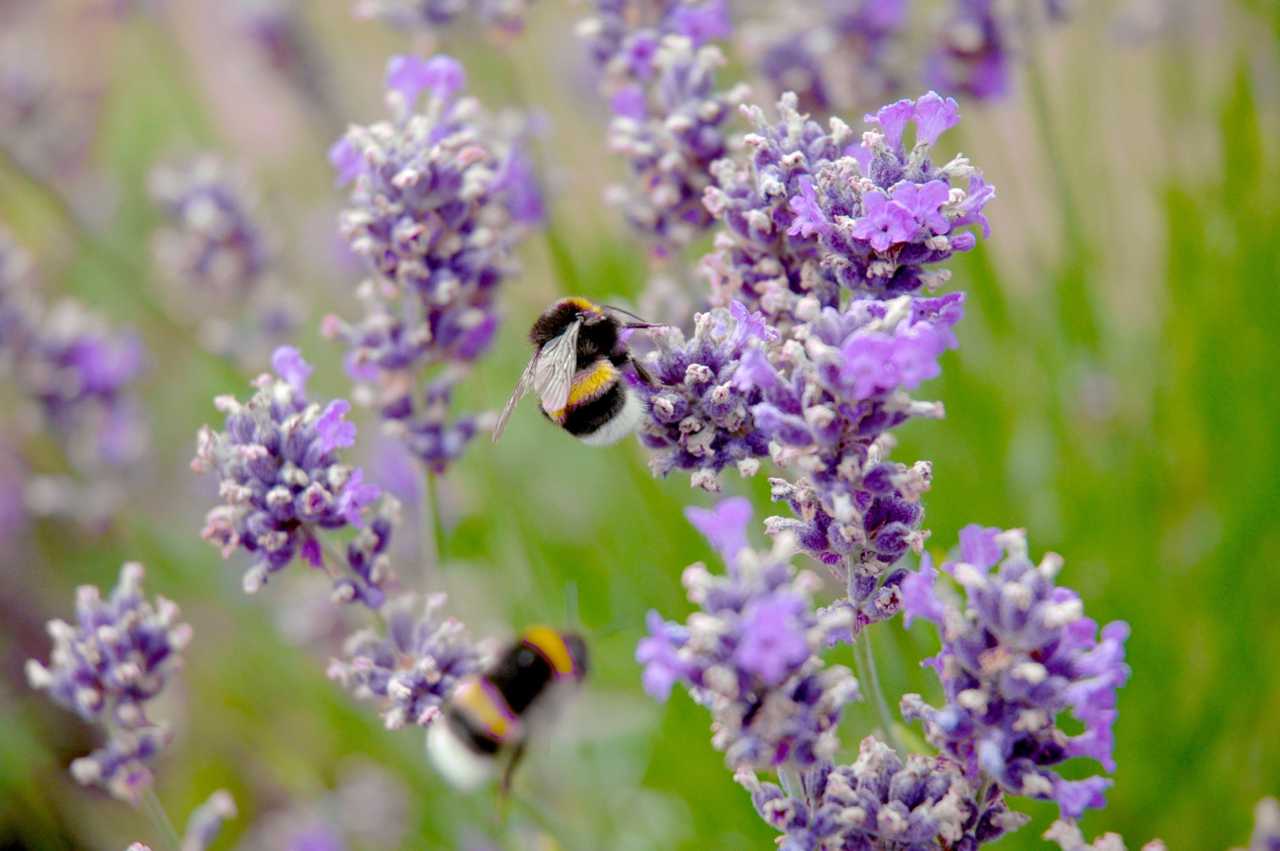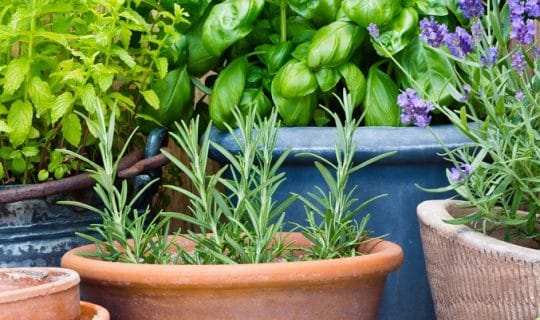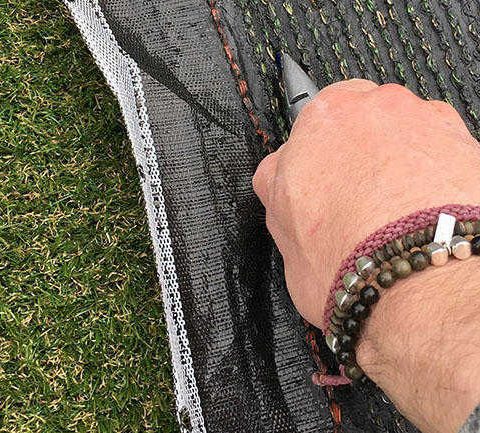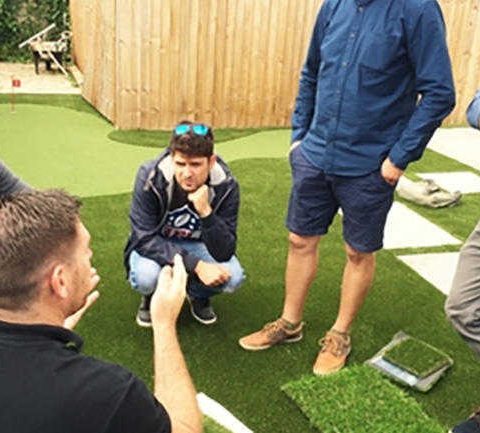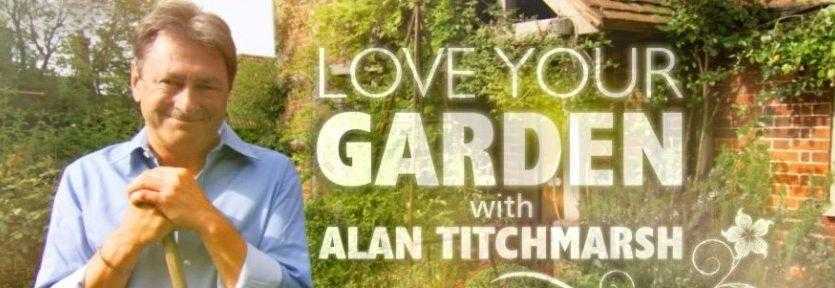
Namgrass on ITV’s Love Your Garden
At Namgrass, we try to give back to the community as much as possible. In this year’s series of ITV’s Love Your Garden, we were lucky enough to be involved in a garden design project lead by Alan Titchmarsh, David Domoney and their team.
Tilly Sawford, a burns patient since she was very young, had been nominated by the medics at Queen’s Medical Centre, Nottingham where she has been receiving treatment. Tilly’s home was being modified to allow easier wheelchair access in the home and the garden wasn’t a priority for the busy family of seven.
The nomination really was a blessing and Alan and the team created a beautiful, functional and safe playing environment for the children (and adults!).
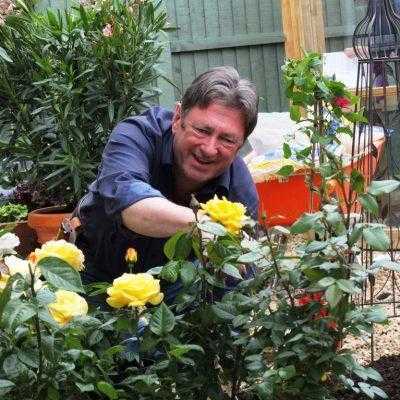
Garden Design
The garden was sectioned off into different areas for the family with the summerhouse as the focal point, it also had a shepherds hut and a fairy garden for the girls and a football penalty area for the older boys which was created for them using Green Vision – our most hard-wearing grass suitable for a spaces that will see a lot of action!
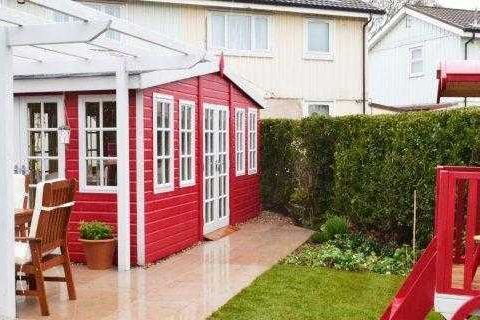
We also provided the grass flooring to the ‘Dangerous Den’ – a perfect addition to add a bit of comfort and brightness to that area. The design of the garden really allows for the whole family to have their own space but to come together in the summerhouse which acts as a crafts area and dining room to make more special memories as a family. Just fab!
Want more information?
If you would like more information on Green Vision or any other grasses in our range you can go to our Artificial Grass page or call us on 01425 627832. We’re a friendly bunch so we would love to hear from you.


